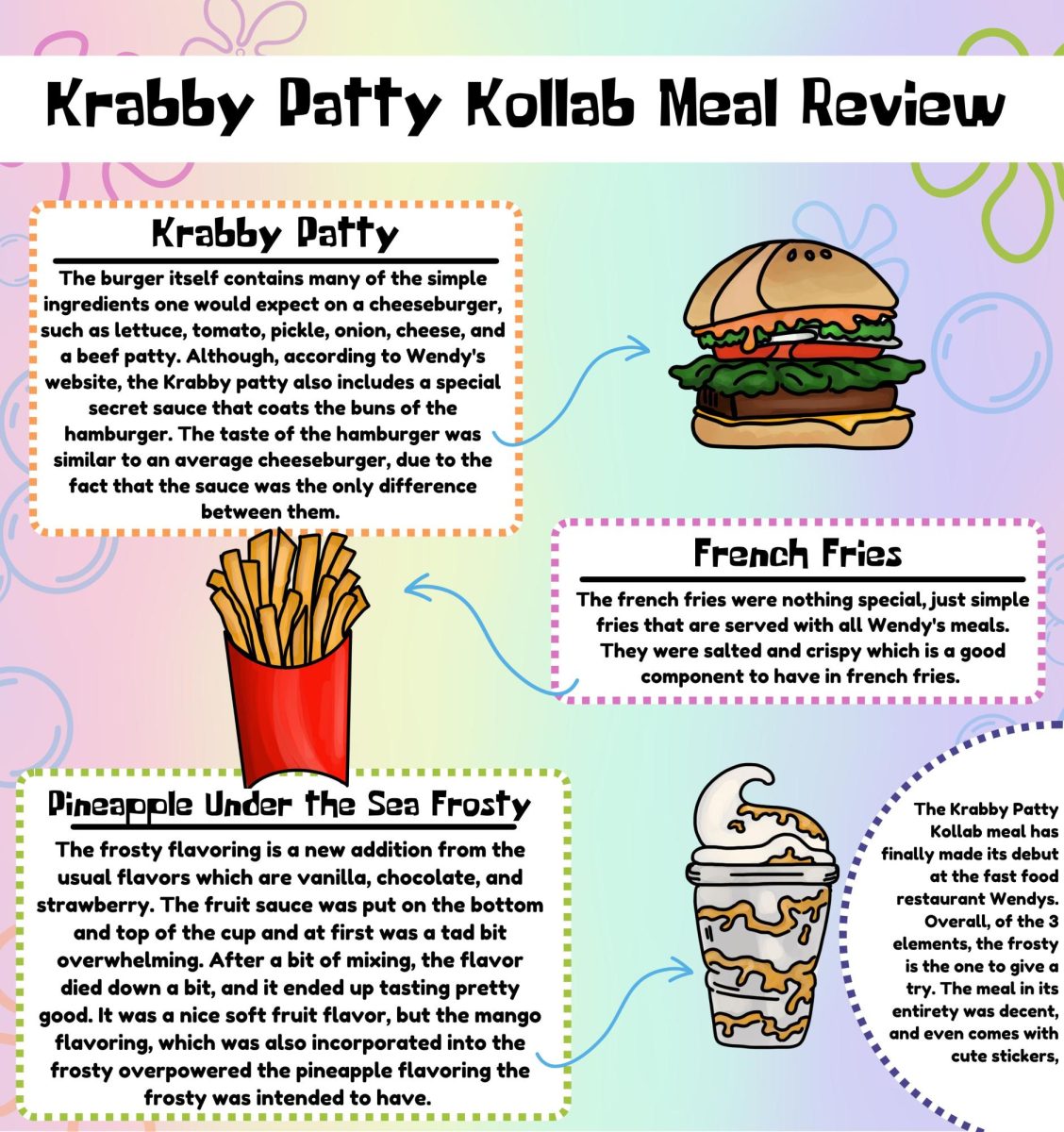Despite the narrow-minded view that teachers merely have a fixation with boring students, classic literature serves as more than a sleep aid.
Authors like Mary Shelley, H.G. Wells, and Jane Austen created the modern standard for their genres: horror, science-fiction, and romance, respectively.
Their influence upon contemporary philosophy and literature is inescapable.
Reading the classics provides an excellent intellectual exercise, expanding both vocabulary and analytic processes within the mind.
The student annotation furthers the analytic process; the reader will find himself able to understand complex language structures and effectively analyze texts for deeper understanding.
As a result of lacked enthusiasm among high school readers, high schools often remain a graveyard for classic literature.
The exclamation “high school ruined reading for me!” is a common complaint among book-haters. An appalling one-third of high school graduates have never read another book after high school.
There are three things that contribute to a novel’s classification as “classic”. Primarily, the novel is well-written. Anybody can write a book, but few can write one worth reading.
Perhaps more importantly, classic literature is enduring. Literature refuses to fade with dynamic trends in pop-culture.
Most notably, however, these authors mastered the ability to weave relevant themes that survive the ages.
Commendable literature discusses human nature and questions aspects of life otherwise not pondered. In Frankenstein, readers are introduced to the concept of Nature vs. Nurture and the intrinsic natures of man. Salinger reiterates the prevalence of deception, loneliness and an unwillingness to mature in Catcher in the Rye.
F. Scott Fitzgerald, the author of the Great Gatsby, once said “That is part of the beauty of all literature.
You discover that your longings are universal longings, that you’re not lonely and isolated from anyone.”


